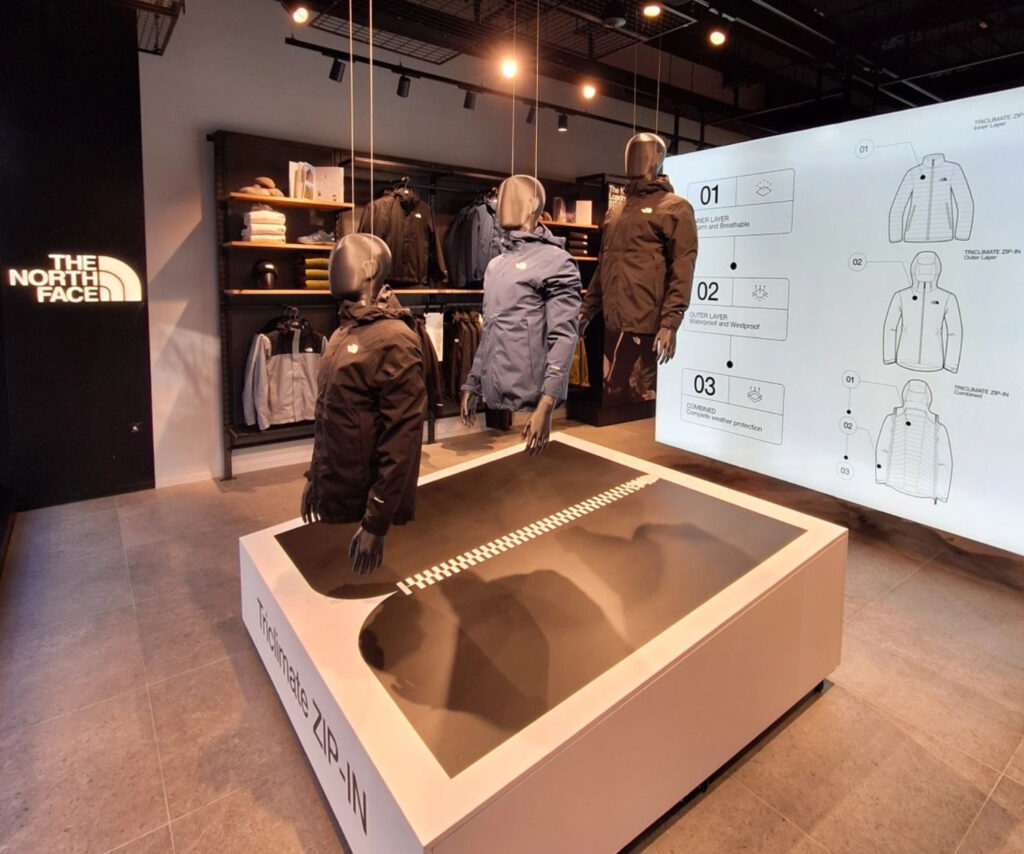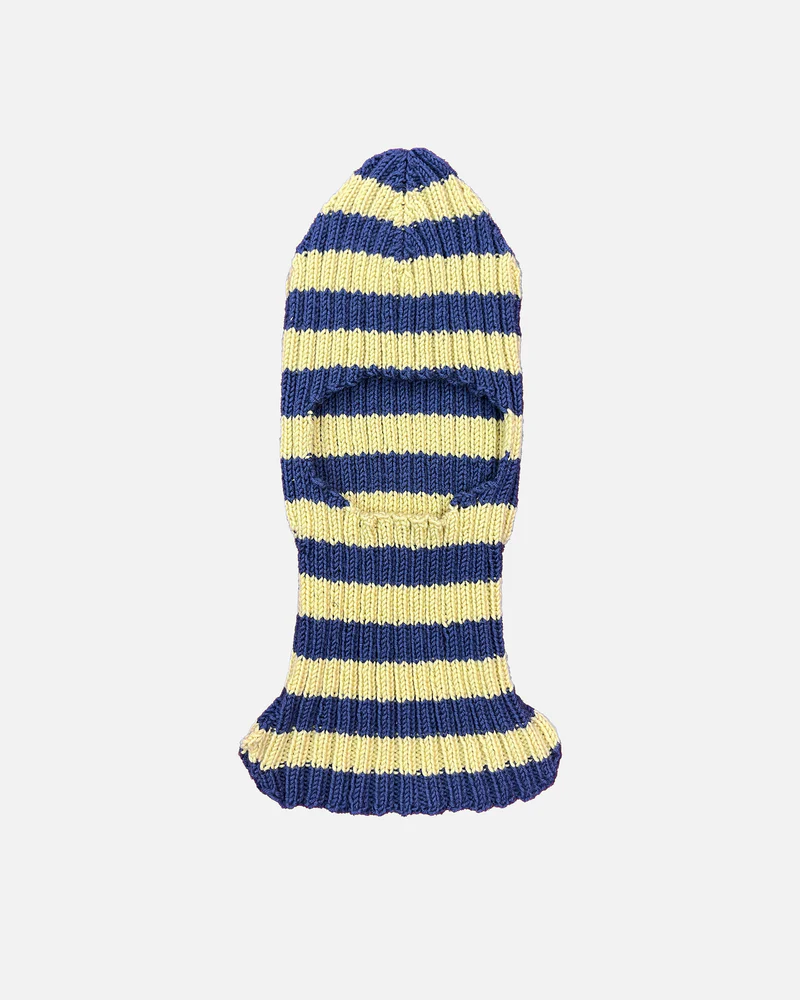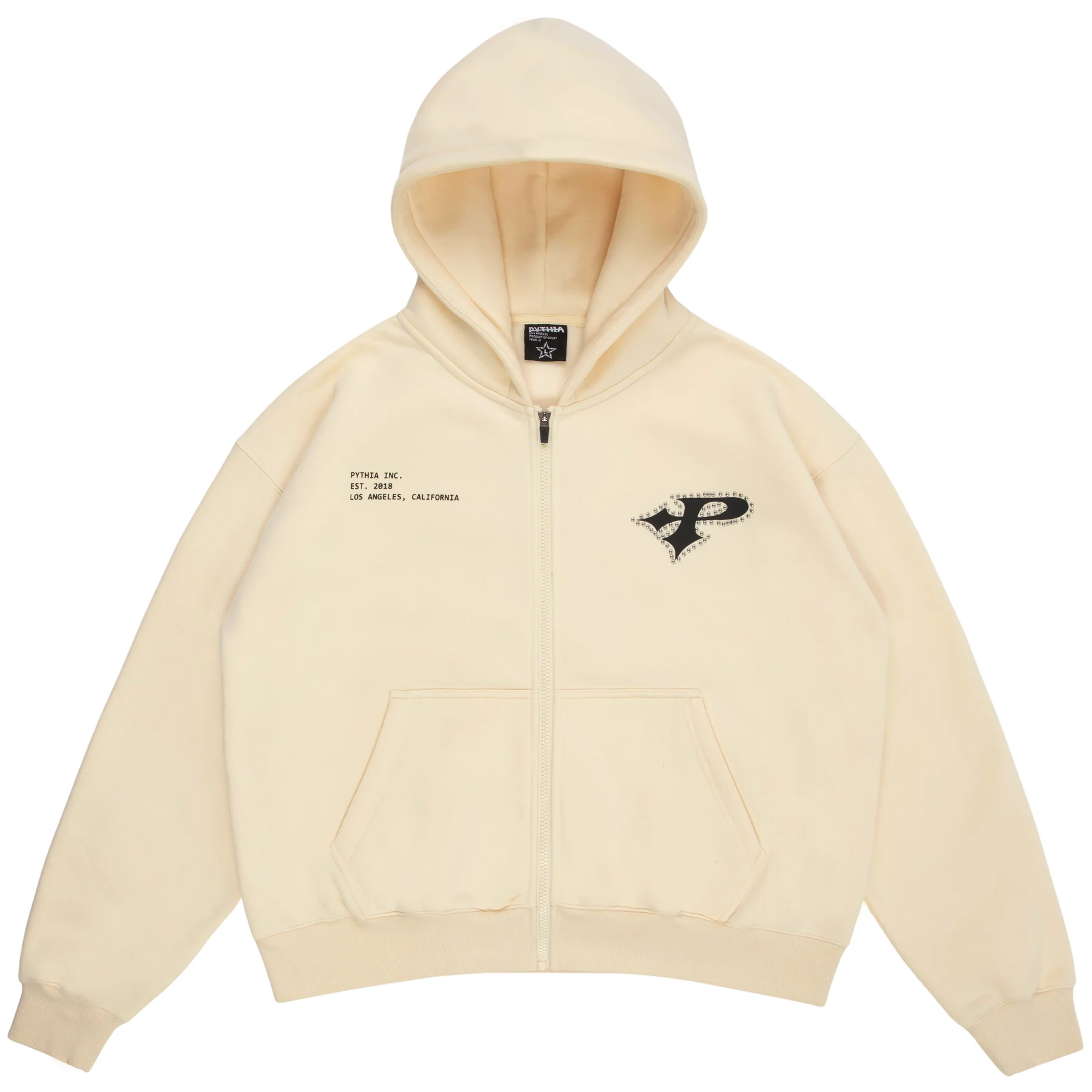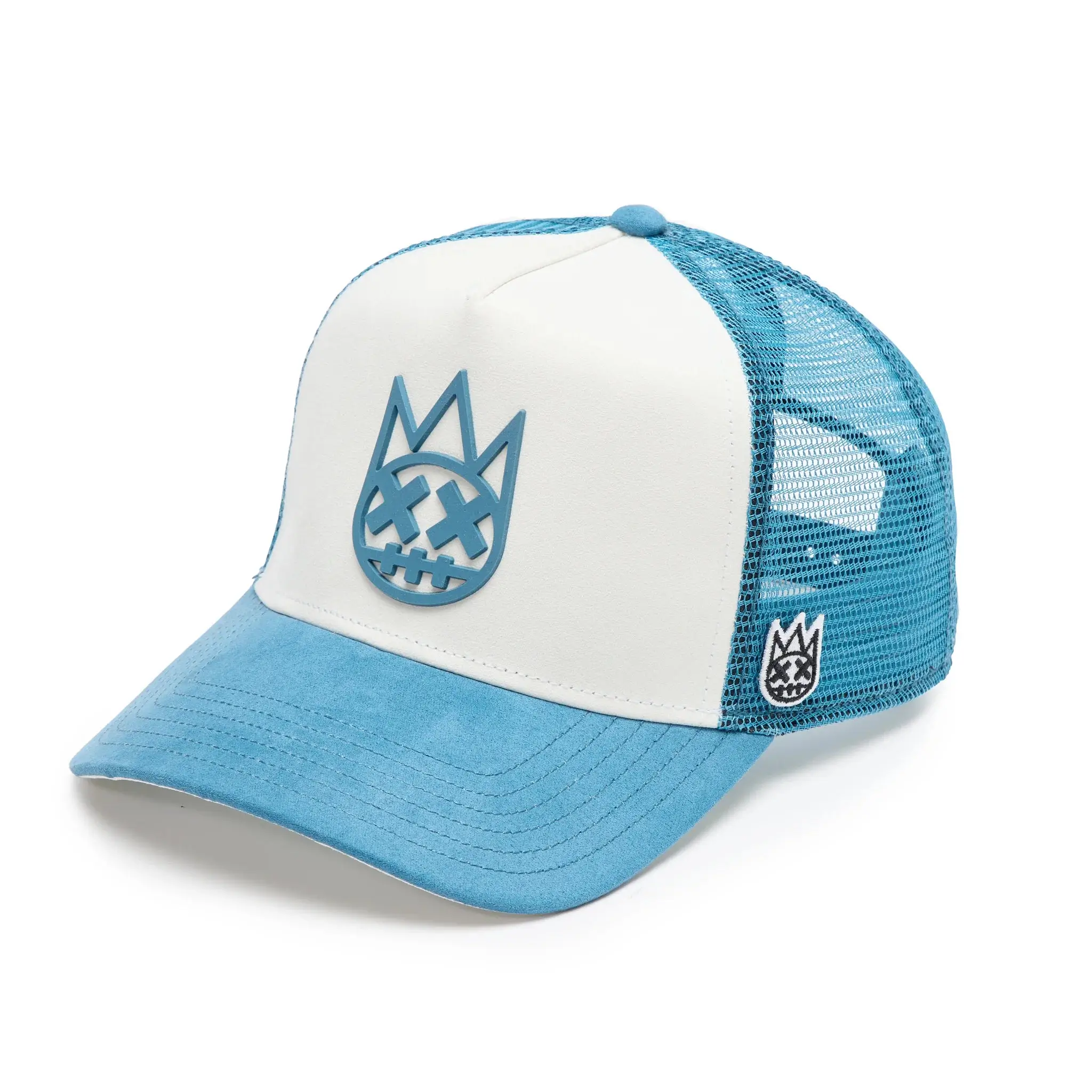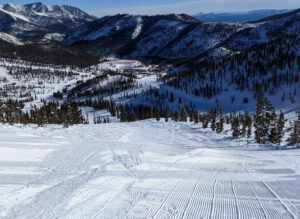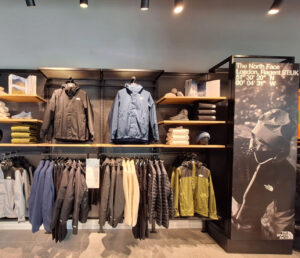
Weather can be unpredictable, but your gear shouldn’t be. Whether you’re facing unexpected rain, chilling winds, or a sudden temperature drop, The North Face TriClimate system has you covered. Designed for adventurers, outdoor enthusiasts, and everyday explorers, the TriClimate series offers unmatched versatility, comfort, and performance in any condition.
This guide explores why The North Face TriClimate system stands out, its advanced technology, real-world applications, and how to choose the best TriClimate jacket for your needs.
What is The North Face TriClimate System?
The North Face TriClimate jackets are 3-in-1 modular systems designed for multi-season adaptability. Instead of buying multiple jackets for different conditions, TriClimate integrates three layers into one adaptable system:
Outer Shell (Waterproof & Windproof Protection) – Shields you from rain, snow, and wind.
Inner Insulation Layer – Provides warmth and can be worn separately.
Combined System – Layers work together to maximize protection and comfort.
This innovative approach means you can wear each layer separately or together, making the jacket ideal for year-round use.
The Technology Behind The North Face TriClimate
The North Face is known for its cutting-edge outdoor technology, and the TriClimate system is no exception. Here’s what makes it stand out:
DryVent™ Waterproofing
TriClimate shells feature DryVent™ technology, The North Face’s proprietary waterproof and breathable material. Unlike traditional rain jackets, DryVent™:
• Blocks rain and snow while allowing moisture to escape.
• Sealed seams prevent water from seeping in.
• Breathable membrane keeps you dry without overheating.
Heatseeker™ & ThermoBall™ Insulation
The inner insulation layer often features Heatseeker™ or ThermoBall™ technology, providing lightweight warmth without bulk.
• Heatseeker™ – Synthetic insulation that retains warmth even when wet.
• ThermoBall™ – Mimics down but is more moisture-resistant, making it perfect for variable conditions.
WindWall™ Protection
For cold and blustery conditions, WindWall™ fabric blocks wind, keeping you warm without excessive layering. This is a game-changer for mountaineering and winter hikes.
Breathability & Ventilation
Many TriClimate jackets include:
• Underarm vent zippers to regulate temperature.
• Adjustable hoods, cuffs, and hem to seal out cold air.
This combination of technology ensures optimal performance, no matter what the weather throws your way.
Why Choose a TriClimate Jacket?
Year-Round Versatility
Instead of investing in multiple jackets for different seasons, a TriClimate system adapts to various weather conditions.
• Spring/Fall – Wear the insulated liner alone.
• Summer Showers – Use just the waterproof shell.
• Winter – Combine both layers for maximum warmth and protection.
Cost-Effective
A 3-in-1 system eliminates the need for separate winter coats, rain jackets, and mid-layers, ultimately saving you money.
Packability & Convenience
Since you can separate the layers, TriClimate jackets are easier to pack for hikes, ski trips, or weekend getaways.
Environmentally Friendly
Many TriClimate jackets use recycled materials, making them an eco-conscious choice for outdoor enthusiasts.
How to Choose the Best TriClimate Jacket
Identify Your Needs
The right TriClimate jacket depends on:
• Activity Level – Are you hiking, skiing, or commuting?
• Weather Conditions – Do you need extreme cold protection or lightweight versatility?
• Fit & Mobility – Do you prefer a relaxed or athletic fit?
Best TriClimate Jackets for Different Conditions
For Urban Use & Everyday Wear
Recommended Model: The North Face ThermoBall™ Eco Snow Triclimate
• Stylish, warm, and lightweight.
• Great for commuting and casual use.
For Hiking & Backpacking
Recommended Model: The North Face Arrowood Triclimate
• Lightweight and breathable.
• Ideal for mild-to-moderate conditions.
For Skiing & Snowboarding
Recommended Model: The North Face Clement Triclimate
• Enhanced warmth and waterproofing.
• Designed for alpine conditions.
For Extreme Cold & Mountaineering
Recommended Model: The North Face Mountain Light Triclimate
• Heavy-duty protection for harsh weather.
• Gore-Tex shell for superior durability.
Real-World Performance: TriClimate in Action
Scenario 1: Hiking in Unpredictable Weather
You’re on a mountain trail, and the day starts sunny. By afternoon, clouds roll in, and it starts to drizzle. With a TriClimate jacket, you can:
• Wear just the inner liner in the morning.
• Zip on the outer shell when it starts raining.
• Combine both layers when temperatures drop.
Scenario 2: Winter Travel
Packing for a winter trip can be tricky. A TriClimate jacket replaces multiple coats, making it:
• Easier to pack (less bulk in your luggage).
• Adaptable to different temperatures during your trip.
Scenario 3: Daily Commute
If you live in an area with fluctuating temperatures, a TriClimate jacket adjusts to your commute:
• Wear the fleece liner alone in cool weather.
• Use the waterproof shell on rainy days.
• Combine both for snowy or freezing conditions.
Care & Maintenance of Your TriClimate Jacket
To keep your jacket in top shape:
• Wash with mild detergent and avoid fabric softeners.
• Air-dry or tumble dry on low heat to maintain insulation.
• Reapply DWR coating (Durable Water Repellent) to maintain waterproofing.
Final Thoughts: Is a TriClimate Jacket Worth It?
If you want one jacket that does it all, The North Face TriClimate system is a solid investment. Its modular design, advanced technology, and all-weather adaptability make it a must-have for outdoor enthusiasts and urban commuters alike.
No comments yet.

